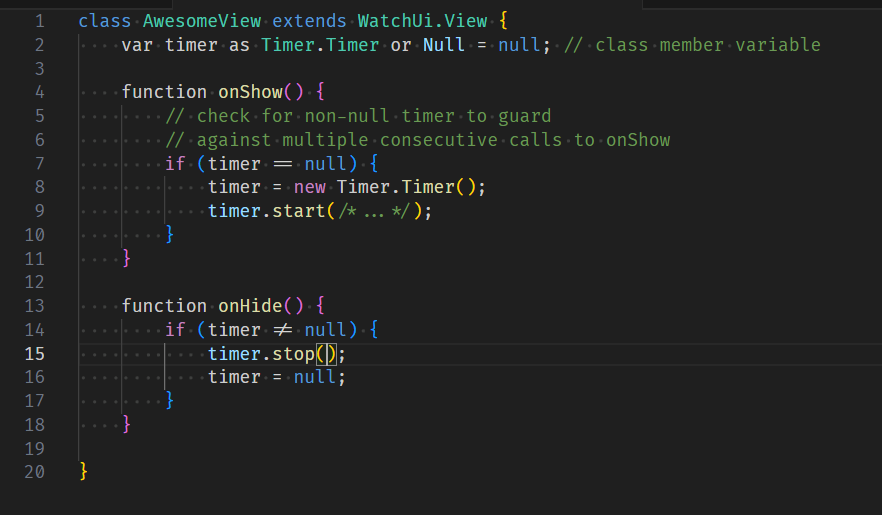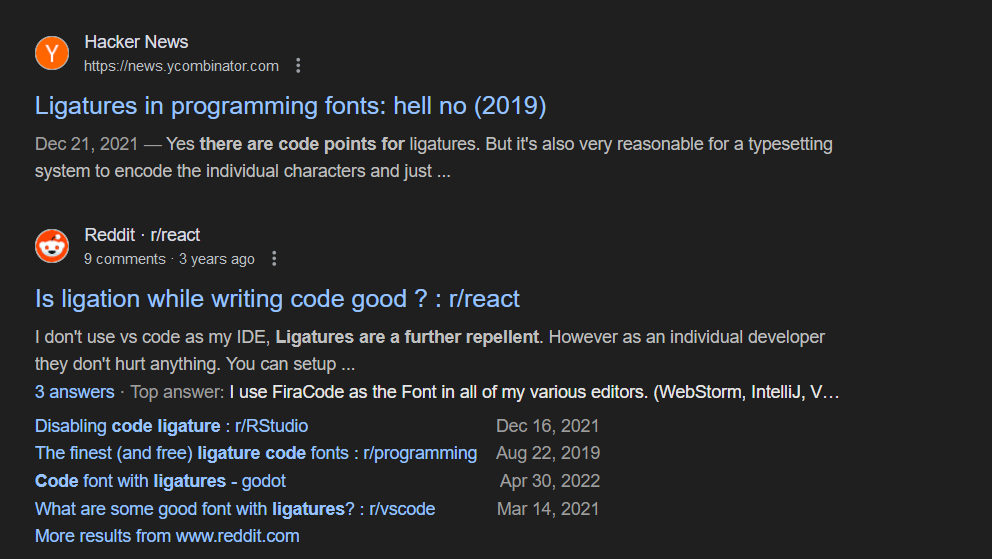I am writing an app for the Edge1030 and running the Connect IQ Device Simulator 7.3.0.
Within two of my app views separate Timer.Timer() object is being used.
I followed the demo app to set up a timer in one of my views. Using three different timers and callbacks, similar to the demo app. This crashed my app, which I believe is because a separate view is running a fourth timer, where my understanding is CIQ limits to max three timers at a time.
I have since reduced the on screen timer to a single instance of Timer.Timer() and have everything working. So no problems here.
My understanding is that Timer.start(method(:callback1), 1000, true) and Timer.stop() will respectively start/stop a timer instance.
However, I do not understand how to clear an instance of Timer.Timer() from memory so that I may use different timers elsewhere within the app.
Ideally, when onHide() is called within my view I wish to clear the instance of the applicable timer. Is there a way to do this? Or do I misunderstand and the instance of Timer.Timer() is cleared when Timer.stop() is called?





